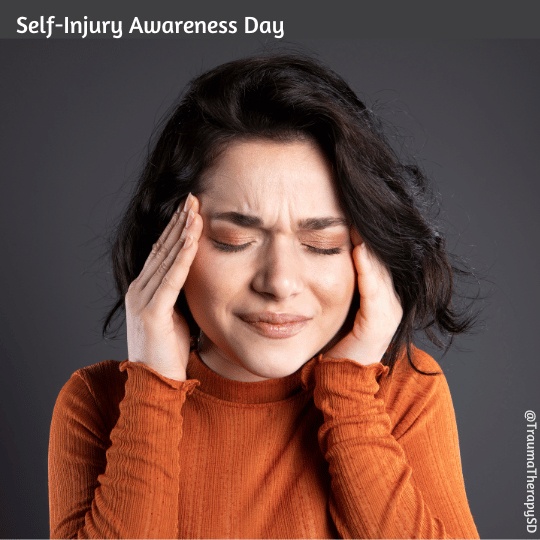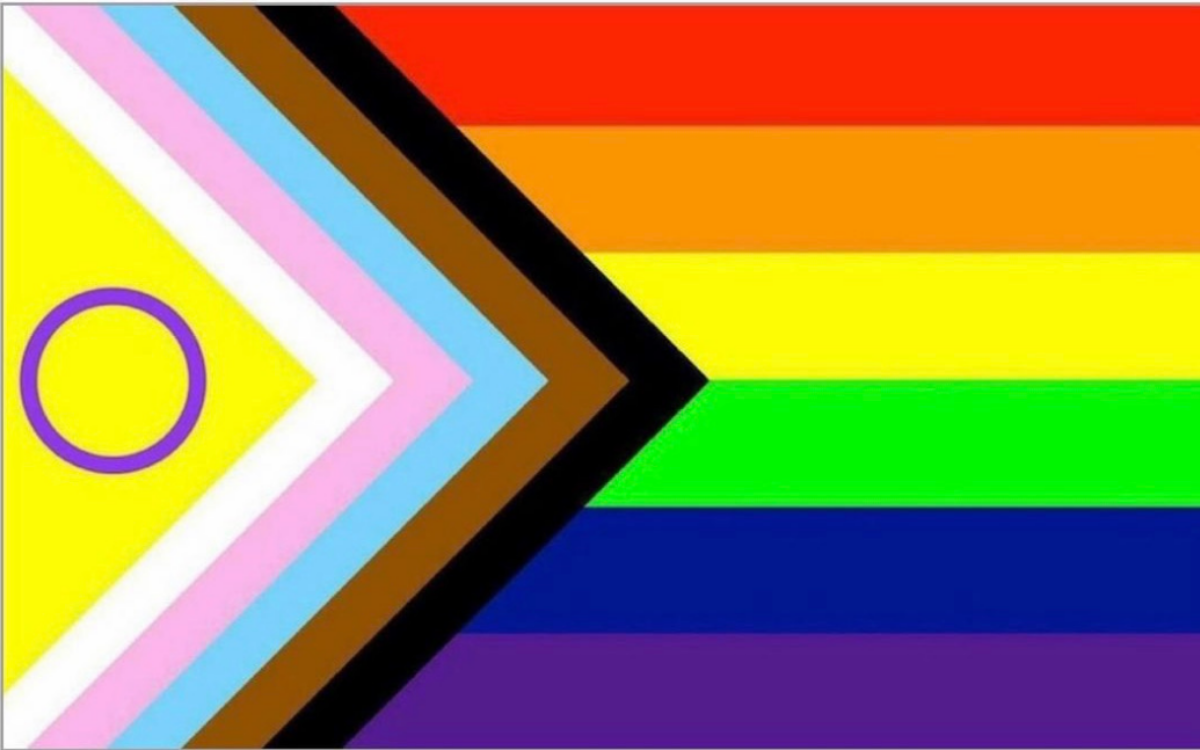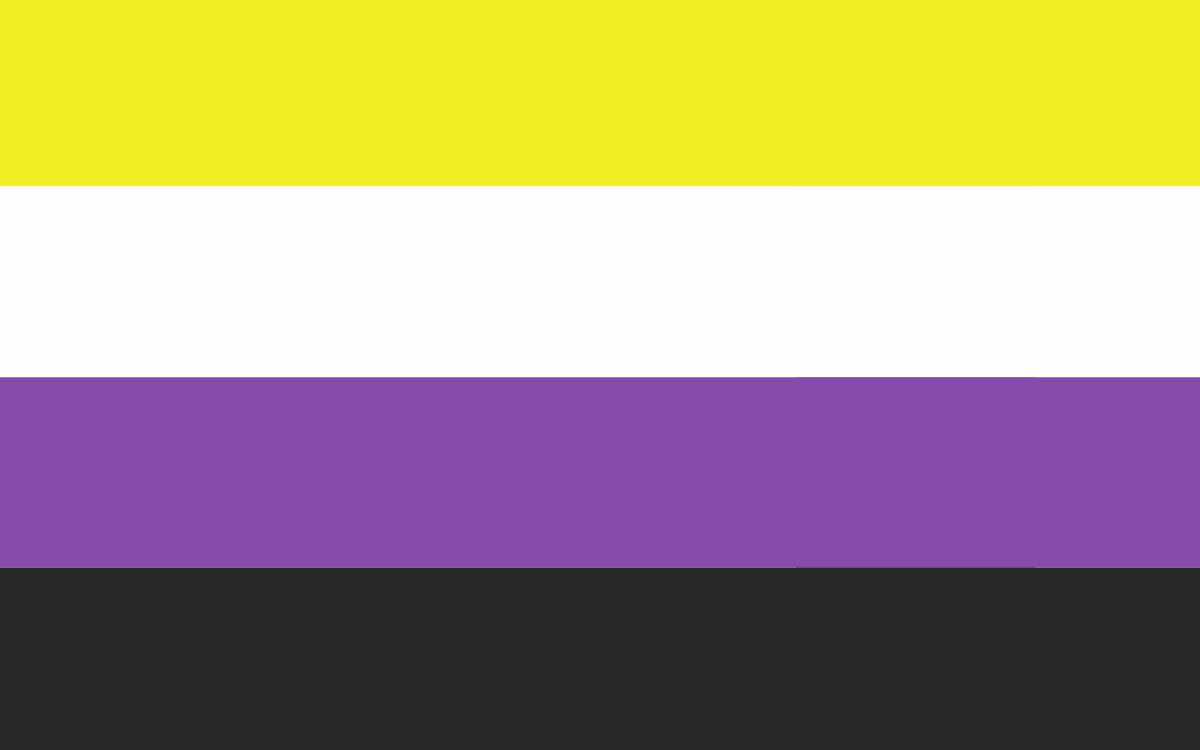Self-Injury Awareness Day

March 1st is Self-Injury Awareness Day, a day dedicated to raising awareness and learning about self-harming behaviors.
Self-injury, refers to when a person purposefully harms their body, and this harm is not intended to end their lives.
There is an unfortunate narrative that self-injury is “only” a cry for help. This is often conveyed in a dismissive way, as though crying out for help is inconsequential.
People who self-injure do want and need help and have turned to harming themselves as a means to cope. Although these behaviors are not inetended to end their lives, they can do so by accident and these individuals are at greater risk for eventually attempting suicide.
Although the image of self-injury is of young, thin, white women, people of all genders, races, and socioeconomic status self-harm.
Estimates suggest 17% of adolescents in the US have engaged in self-harm at least once, and ammong adults, the lifetime rate is 5%.
Sexual minority status, meaning queer, LGBTQIA+ individuals are at higher risk. Research shows that among trans folks, lifetime risk of self-injury is 47%, among bisexuals the rate is 41%, compared to their heterosexual and/or cisgender peers (15% lifetime risk)
Those who self-injure also are more Those who self-harm have difficulty with emotion regulation knowing how to cope with negative emotional states, and are thus more prone to depression, hopelessness and dissociation.
People who self-injure commonly report they feel empty inside, over or under stimulated, unable to express their feelings, lonely, not understood by others, and/or fearful of intimate relationships and adult responsibilities.
People who self-harm may do so to distract themselves from negative feelings, express emotions they might be embarrassed to show, develop a sense of control over their lives, process the way they are feeling, and/or punish themselves for things they think they have done wrong.










